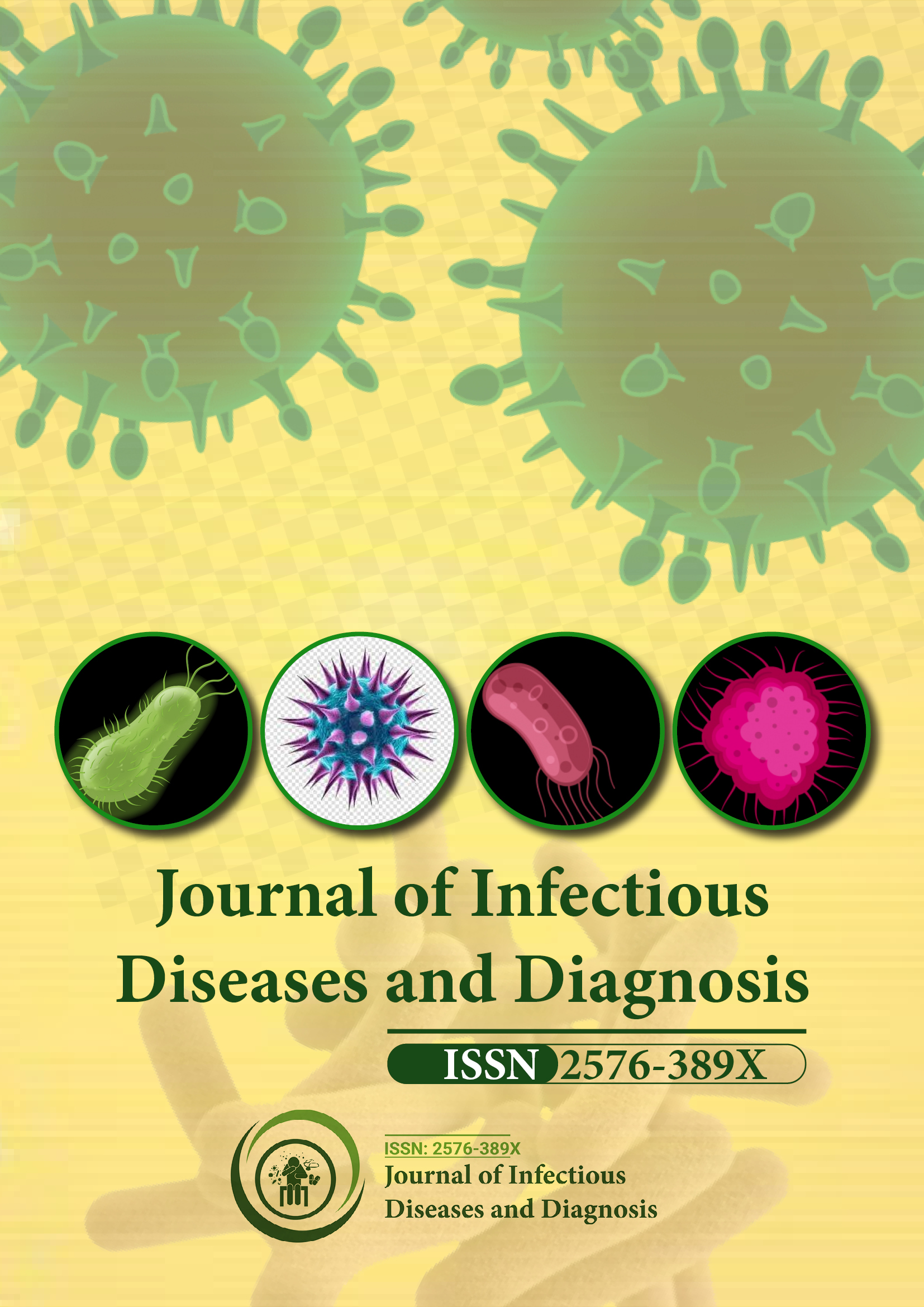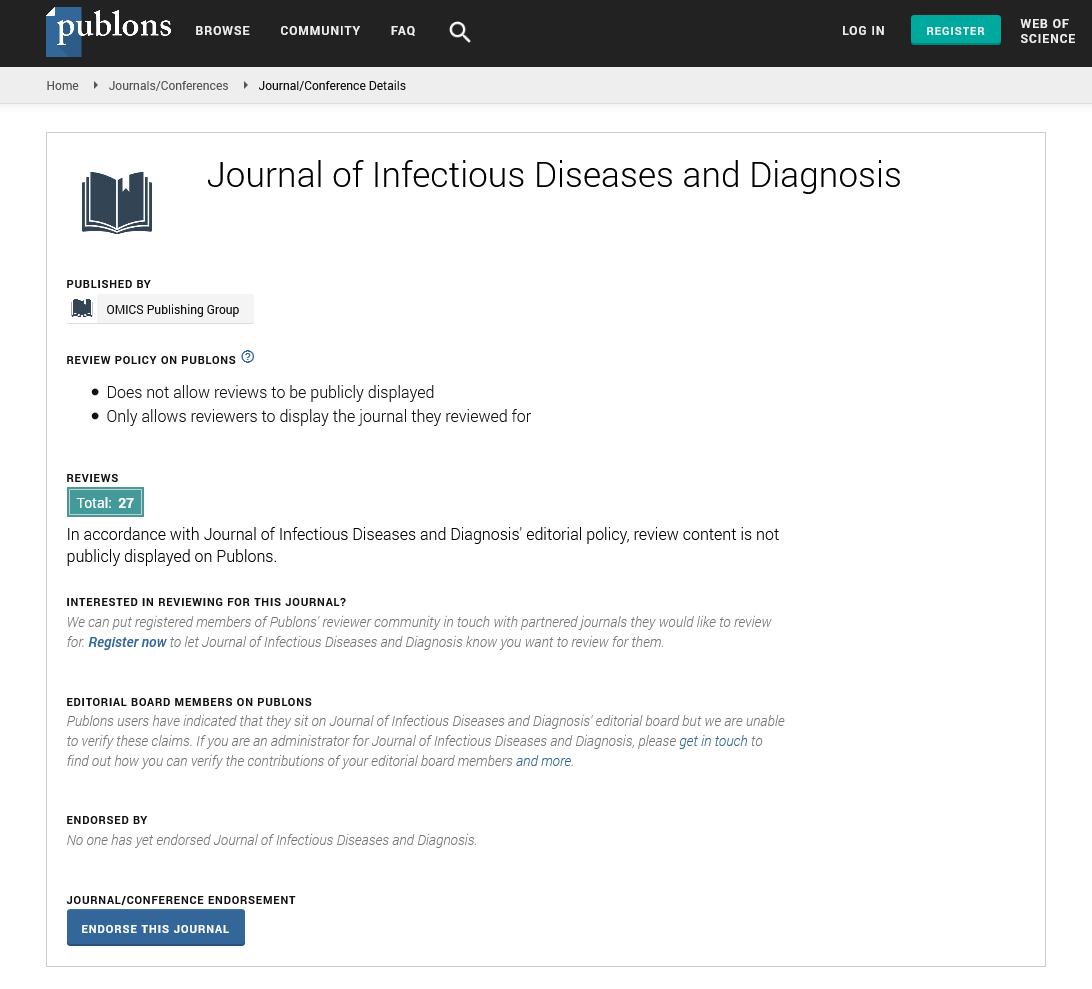Indexed In
- RefSeek
- Hamdard University
- EBSCO A-Z
- Publons
- Euro Pub
- Google Scholar
Useful Links
Share This Page
Journal Flyer

Open Access Journals
- Agri and Aquaculture
- Biochemistry
- Bioinformatics & Systems Biology
- Business & Management
- Chemistry
- Clinical Sciences
- Engineering
- Food & Nutrition
- General Science
- Genetics & Molecular Biology
- Immunology & Microbiology
- Medical Sciences
- Neuroscience & Psychology
- Nursing & Health Care
- Pharmaceutical Sciences
Abstract
Active Tuberculosis Case Finding among Diabetic Patients: Bangladesh Program Experience
Paul Daru, Krishnapada Chakraborty, Hala Jassim AlMossawi, Neeraj Kak, Mohammad Delwar Hossain, Sabera Sultana, Vikarunnessa Begum and Fatema Zannat
Background: Bangladesh is a highly populous country with high prevalence of TB and diabetes. Diabetes is associated with increased risk of TB, contributes to progression of latent TB in to active disease and increases the risk of latent TB infection. Limited access to TB and diabetes services is a barrier to increasing detection and management of TB among diabetics.
Methods: This is a retrospective review and analysis of the results of a pilot intervention designed to demonstrate effective and sustainable solutions for increasing detection of TB among diabetes patients. The results of the intervention were measured in terms screening of DM patients, TB case detection among diabetes patients and treatment outcomes. Data were collected from the Diabetic Association of Bangladesh which implemented the project with financial support of United States Agency for International Development (USAID).
Results: During the intervention period 510,953 diabetic patients were verbally screened for TB symptoms. A total of 1513 drug-sensitive TB cases and 16 rifampicin resistant TB (RR-TB) cases were diagnosed from among the diabetes patients screened through the intervention. Analysis of data shows that 70% of the diagnosed TB cases were among those living with diabetes for up to six months. Treatment outcome results of 1370 new patients are analyzed; 86% achieved favorable outcome which is lower than the national outcome. Treatment success rates largely varied by ages: highest success rate (91%) was found in 21-30 years age group and lowest (76%) in 61-70 years age group.
Conclusions: The intervention demonstrated that active case finding at facilities integrated with diabetes services is an effective approach to increasing detection of TB among diabetes patients. Scaling up of this model through upazila (sub-district) level health facilities is likely to significantly increase access to TB services for DM patients.
Published Date: 2019-02-28; Received Date: 2019-02-06

